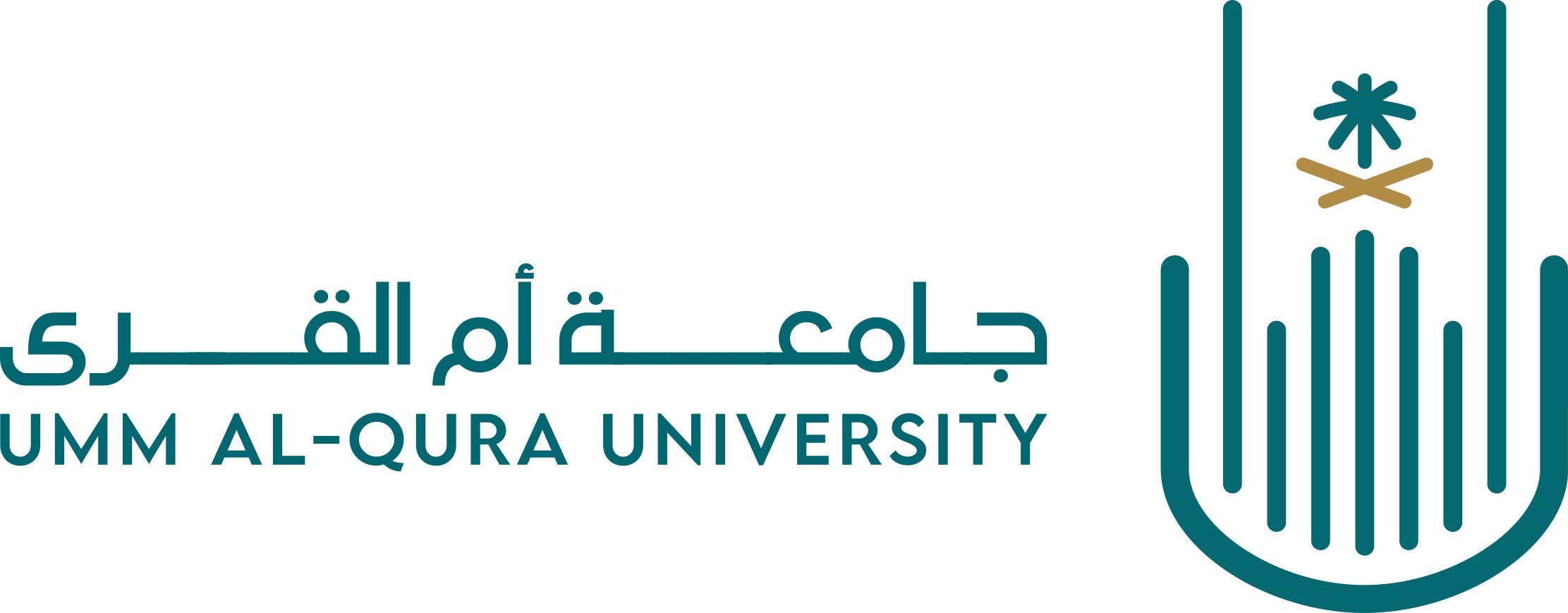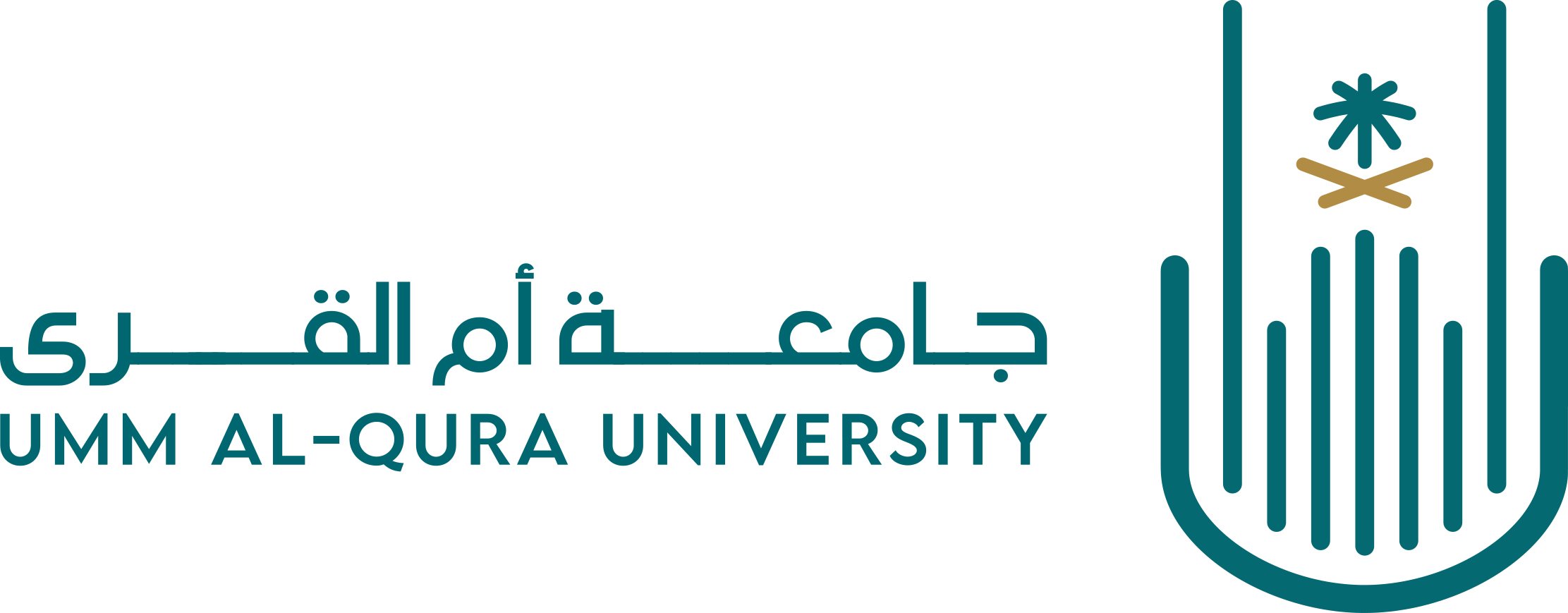- Communities& Collections
- Browse Items by:
- Issue Date
- Author
- Title
- Subject
فاعلية مستخلص نبات الحرمل وجسيمات الفضة النانوية ضد بعوض إيديس إيجيبتاي الناقل لحمى الضنك بمنطقة مكة المكرمة
هناك حوالي 90 فيروسًا من مجموعة Arboviruse تم عزلها من البعوض بالطبيعة ، من أهم هذه الفيروسات وأكثرها انتشارًا على المستوى العالمي في الوقت الراهن فيروس حمى الضنك. في السنوات الأخيرة زادت حالات حمى الضنك بصورة معنوية بمنطقة مكة المكرمة، وحتى وقتنا الحالي لا يوجد لقاح للوقاية ضد هذه الفيروسات، لذلك فإن أفضل وسيلة للسيطرة على هذه الأمراض هو مكافحة الناقل الحشري بعوضة Aedes aegypti ، ويهدف هذا البحث إلى مسايرة الاتجاهات الحديثة في مكافحة البعوض من خلال تقييم فاعلية مستخلص نبات الحرمل Rhazya stricta وجسيمات الفضة النانويةSilver nanoparticles المصنعة منه على يرقات بعوضة A. aegypti كوسيلة آمنة للمكافحة. تم جمع النباتات من البيئية المحلية لمنطقة مكة المكرمة وتحضير المستخلصات وتنفيذ التجارب طبقاً للطرق والمواصفات القياسية الخاصة بمنظمة الصحة العالمية، أظهرت النتائج وجود فاعلية لمستخلص الحرمل ضد يرقات البعوض الناقل لحمى الضنك حيث بلغ التركيز القاتل لـ50% من اليرقات المعاملة بهذا المستخلص 323.447 جزء في المليون، كما أدى خلط المستخلص مع نترات الفضة إلى حدوث تقوية في فاعلية المستخلص حيث بلغ التركيز القاتل لـ50% من اليرقات المعاملة بهذا المستخلص 91.342جزء في المليون. Currently there are 90 arboviruses that have been isolated from the natural mosquito population. The most globally and widespread viruses are the dengue. In the recent years, dengue fevers cases have increased significantly in Makkah Region. To the present day there is no vaccine for protection against these viruses. Therefore, the best way to control these disease is to control the mosquito vector (Aedes aegypti). The objectives of this research are to use new potential alternatives control measures for the vector control through the evaluation of the efficiency of the extract of the Rhazya stricta in pregnated with the synthetic silver nanoparticles. On a safely method of curbing its population these plant were collected from the local environment of Makkah Region and the preparation of the extract and the experiment was conducted according to the WHO protocols. Our results showed a high efficiency of the Rhazya extract where the fatal concentration was 50 % of the population (LC50) mm (323,447 ppm). Moreover, with the addition of the silver nanoparti the (LC50) was 91,342 ppm. The present study was planned to evaluate the biological activity of Rhazya stricta extracts and silver Nanoparticles against mosquito larvae of Aedes aegypti, the vector of dengue fever and Zika virus. The extract R. stricta has a fatal effect against the different stages of inequities and the extract mixture with silver nanoparticles could yield a greater synergistic effect for the extract and the increase with efficiency -The independent variable included a series of the extract concentration alone and in a mixture by using 5 replicates for each concentration. -The mosquito larvae group composed of 20 experimented larvae for each replicate five replicate for each concentration. -Control group larvae + water only.
| Title: | فاعلية مستخلص نبات الحرمل وجسيمات الفضة النانوية ضد بعوض إيديس إيجيبتاي الناقل لحمى الضنك بمنطقة مكة المكرمة |
| Other Titles: | Effectiveness of Rhazya stricta extracts and silver nanoparticles against Aedes aegypti, the vector of dengue fever Makkah Region |
| Authors: | عبد الرحمن, جازم عبد الله مهيوب |
| Subjects :: | ناقلات العدوى مكة المكرمة |
| Issue Date :: | 10-May-2017 |
| Publisher :: | معهد خادم الحرمين الشريفين لأبحاث الحج والعمرة - جامعة أم القرى |
| Series/Report no.: | أبحاث الملتقى العلمي 17;15 |
| Abstract: | هناك حوالي 90 فيروسًا من مجموعة Arboviruse تم عزلها من البعوض بالطبيعة ، من أهم هذه الفيروسات وأكثرها انتشارًا على المستوى العالمي في الوقت الراهن فيروس حمى الضنك. في السنوات الأخيرة زادت حالات حمى الضنك بصورة معنوية بمنطقة مكة المكرمة، وحتى وقتنا الحالي لا يوجد لقاح للوقاية ضد هذه الفيروسات، لذلك فإن أفضل وسيلة للسيطرة على هذه الأمراض هو مكافحة الناقل الحشري بعوضة Aedes aegypti ، ويهدف هذا البحث إلى مسايرة الاتجاهات الحديثة في مكافحة البعوض من خلال تقييم فاعلية مستخلص نبات الحرمل Rhazya stricta وجسيمات الفضة النانويةSilver nanoparticles المصنعة منه على يرقات بعوضة A. aegypti كوسيلة آمنة للمكافحة. تم جمع النباتات من البيئية المحلية لمنطقة مكة المكرمة وتحضير المستخلصات وتنفيذ التجارب طبقاً للطرق والمواصفات القياسية الخاصة بمنظمة الصحة العالمية، أظهرت النتائج وجود فاعلية لمستخلص الحرمل ضد يرقات البعوض الناقل لحمى الضنك حيث بلغ التركيز القاتل لـ50% من اليرقات المعاملة بهذا المستخلص 323.447 جزء في المليون، كما أدى خلط المستخلص مع نترات الفضة إلى حدوث تقوية في فاعلية المستخلص حيث بلغ التركيز القاتل لـ50% من اليرقات المعاملة بهذا المستخلص 91.342جزء في المليون. Currently there are 90 arboviruses that have been isolated from the natural mosquito population. The most globally and widespread viruses are the dengue. In the recent years, dengue fevers cases have increased significantly in Makkah Region. To the present day there is no vaccine for protection against these viruses. Therefore, the best way to control these disease is to control the mosquito vector (Aedes aegypti). The objectives of this research are to use new potential alternatives control measures for the vector control through the evaluation of the efficiency of the extract of the Rhazya stricta in pregnated with the synthetic silver nanoparticles. On a safely method of curbing its population these plant were collected from the local environment of Makkah Region and the preparation of the extract and the experiment was conducted according to the WHO protocols. Our results showed a high efficiency of the Rhazya extract where the fatal concentration was 50 % of the population (LC50) mm (323,447 ppm). Moreover, with the addition of the silver nanoparti the (LC50) was 91,342 ppm. The present study was planned to evaluate the biological activity of Rhazya stricta extracts and silver Nanoparticles against mosquito larvae of Aedes aegypti, the vector of dengue fever and Zika virus. The extract R. stricta has a fatal effect against the different stages of inequities and the extract mixture with silver nanoparticles could yield a greater synergistic effect for the extract and the increase with efficiency -The independent variable included a series of the extract concentration alone and in a mixture by using 5 replicates for each concentration. -The mosquito larvae group composed of 20 experimented larvae for each replicate five replicate for each concentration. -Control group larvae + water only. |
| Description :: | Recommendations We recommend that more active research should be develop to the use of natural product alone or strengthened with other sophisticated technology as the use of silver nanoparticles to reduce the population mosquito dengue fever - A. aegypti |
| URI: | http://dorar.uqu.edu.sa//uquui/handle/20.500.12248/131727 |
| Appears in Collections : | 3- المحور الثالث البيئة والصحة |
| File | Description | Size | Format | |
|---|---|---|---|---|
| الملتقى العلمي 17-361.pdf | بحث - فاعلية مستخلص نبات الحرمل وجسيمات الفضة النانوية | 161.75 kB | Adobe PDF |  View/Open |
| Effectiveness of Rhazya.pdf | البحث باللغة الإنجليزية | 268.63 kB | Adobe PDF |  View/Open |
| Effectiveness of Rhazya stricta extracts and silver nanoparticles against Aedes aegypti, the vector of dengue fever Makkah Region.docx | البحث بصيغة وورد | 95.41 kB | Microsoft Word XML | View/Open |
Items in D-Library are protected by copyright, with all rights reserved, unless otherwise indicated.



Comments (0)